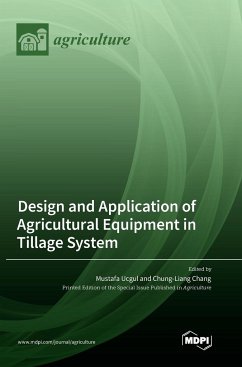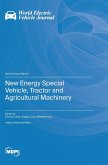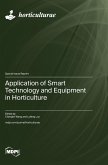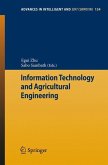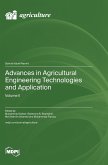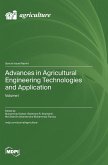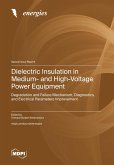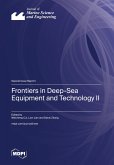Agricultural productivity should increase to meet the growing food demand. Tillage is defined as the mechanical manipulation of agricultural soil, and it is an extremely vital part of crop production, particularly for seedbed preparation and weed control. Tillage operations are carried out using mechanical force, commonly with a tractor-drawn tool to achieve the cutting, inversion, pulverization, and disturbance of soil. A significant part of the energy (from fossil fuels) used in crop production is expended in tillage. This energy use results in greenhouse gas emissions. It is essential that we reduce energy use (hence, greenhouse gas emissions) to achieve sustainable farming practices and improve crop production and design new tillage tools or optimize the existing tools. Although the design and evaluation of tillage tools are generally carried out using analytical methods and field experiments, with recent technological improvements, computer technology has been used for the design and evaluation of tillage tools. Additionally, sensor technology can improve the efficiency of tillage tools. This Special Issue collated innovative papers that make a significant contribution to the design and application of agricultural equipment in tillage systems. It involved original research and review papers from different research fields, such as agricultural engineering, engineering simulation, and precision agriculture.
Hinweis: Dieser Artikel kann nur an eine deutsche Lieferadresse ausgeliefert werden.
Hinweis: Dieser Artikel kann nur an eine deutsche Lieferadresse ausgeliefert werden.

